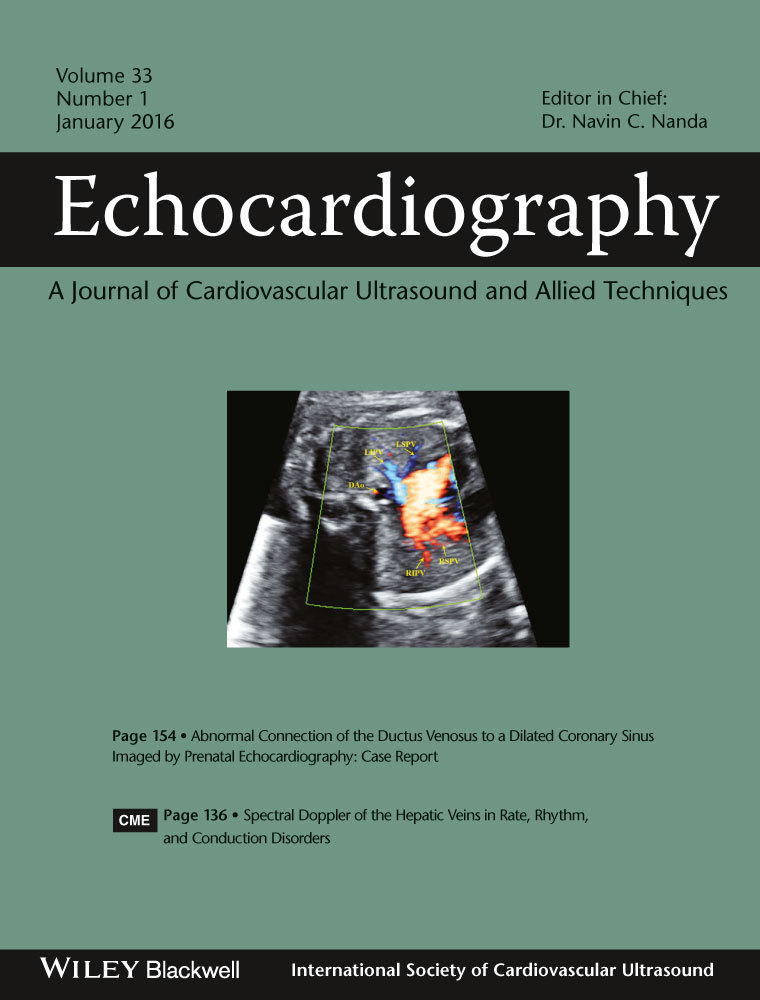Assessment of Myocardial Function in Children before and after Autologous Peripheral Blood Stem Cell Transplantation
Abstract
Background
Increased interest is focused on the long-term adverse effects of bone marrow transplantation. Subclinical cardiac involvement appears common in adults, but only a few reports have examined pediatric patients.
Materials and Methods
A prospective case–control study of 19 children with normal cardiac function undergoing autologous hematopoietic stem cell transplantation (HSCT) was performed. Tissue Doppler imaging (TDI) and echocardiographic measurements were obtained according to the guidelines of the American Society of Echocardiography before and 3 months after HSCT.
Results
Lateral mitral annulus before HSCT showed significant reduced mitral systolic annular velocity (P < 0.0001), early diastolic annular velocity (P < 0.0001), late diastolic annular velocity (P = 0.02) and prolonged isovolumetric relaxation time (IRT) (P < 0.0001) compared with control. Significant reduced mitral systolic annular velocity (P < 0.0001), early diastolic annular velocity (P = 0.0005) and Em/Am ratio (P = 0.004), with higher late diastolic annular velocity (P = 0.02) and prolonged isovolumetric contraction time (ICT) (P = 0.003) and IRT (P = 0.002) after HSCT, were observed. Investigation of lateral tricuspid annulus showed nearly similar results as the lateral mitral annulus. LV and RV Tei indices were higher before HSCT compared with control and remained high after HSCT.
Conclusion
TDI detected subtle abnormalities in systolic and diastolic functions before and after HSCT, which suggests that a conditioning regimen may affect cardiac function.




